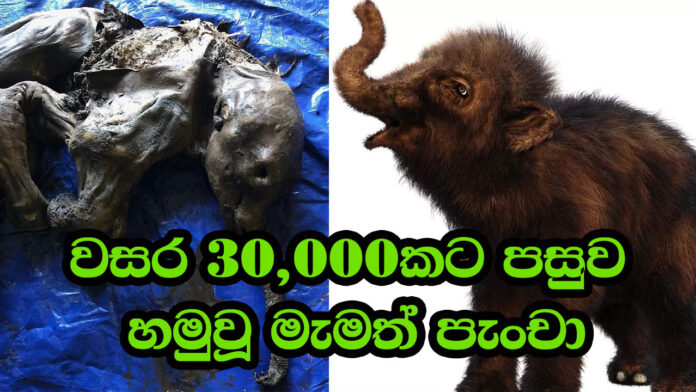Miners in the Klondike gold fields of Canada’s far north have made a rare discovery, digging up the mummified remains of a near-complete baby woolly mammoth.
Members of the local Tr’ondek Hwech’in First Nation named the calf Nun cho ga, which means “big baby animal”.
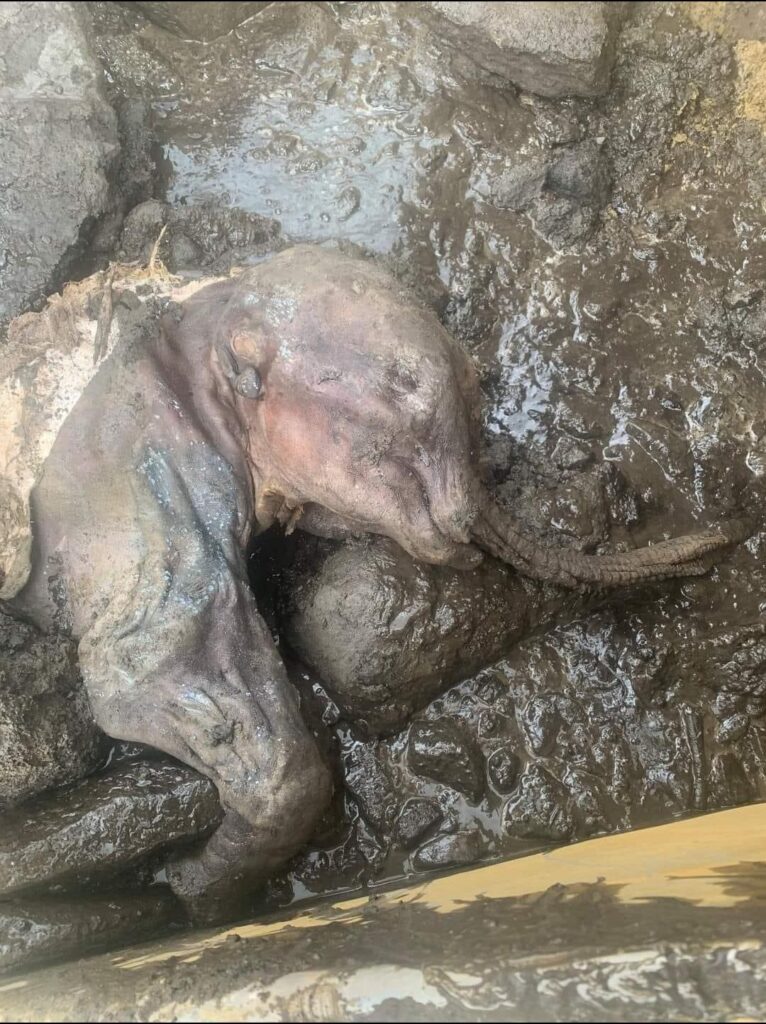
Palaeontologist Grant Zazula said in a statement on Saturday that the little tyke, which retained its skin and hair, “is beautiful and one of the most incredible mummified ice age animals ever discovered in the world”.
“I am excited to get to know her more,” he said.
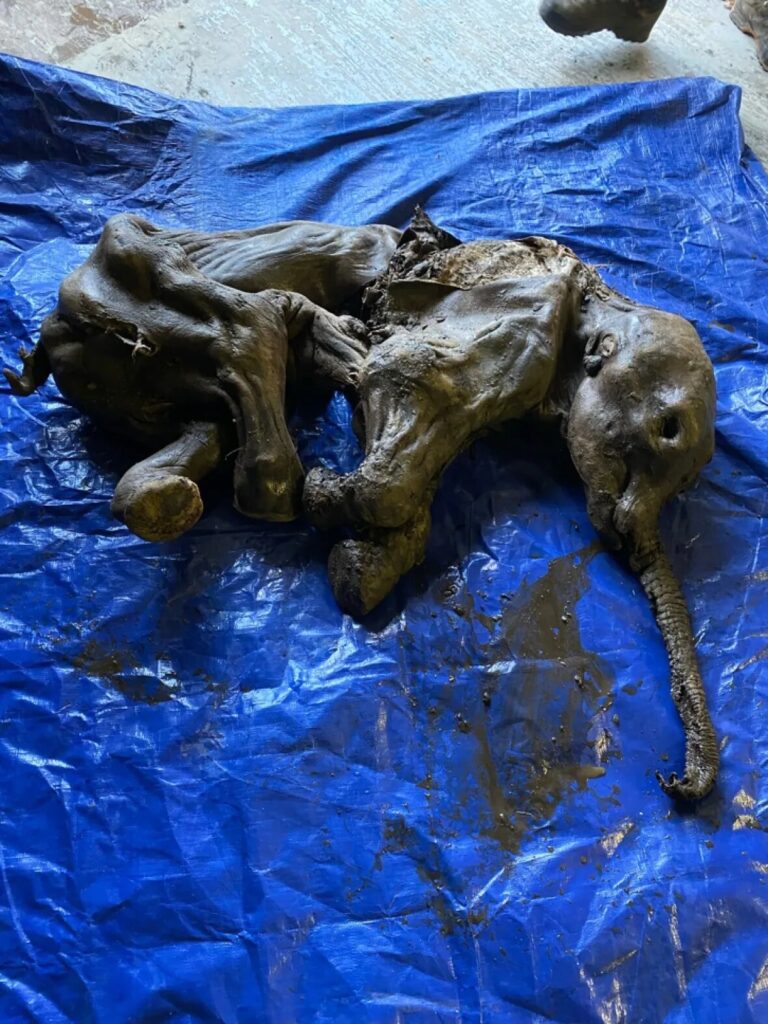
The baby mammoth’s remains were discovered on June 21 during excavation through permafrost south of Dawson City in Canada’s Yukon territory, which borders the US state of Alaska.
The animal is believed to be female and would have died during the ice age, more than 30,000 years ago when woolly mammoths roamed the region alongside wild horses, cave lions and giant steppe bison.
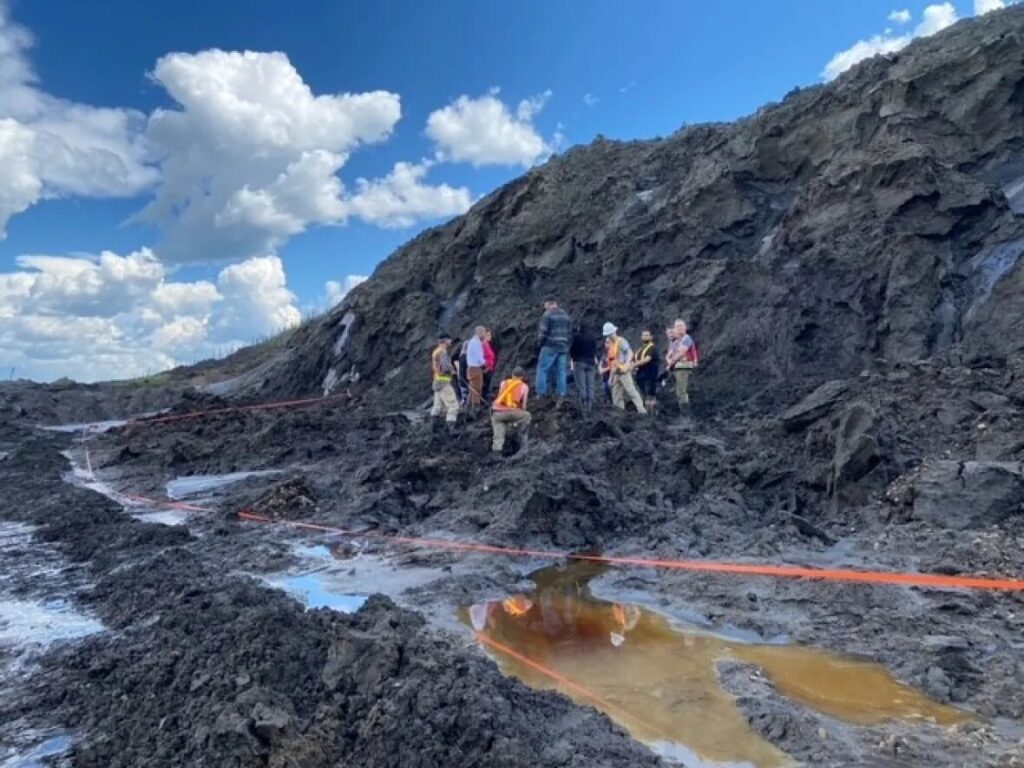
Zazula told the CBC broadcaster that Nun cho ga was probably about a month old when she died, most likely after getting stuck in the mud.
The discovery marks the first near-complete and best-preserved mummified woolly mammoth found in North America.
A partial mammoth calf named Effie was found in 1948 at a gold mine in Alaska’s interior.

A 42,000-year-old mummified infant woolly mammoth, known as Lyuba, was also discovered in Siberia in 2007. Lyuba and Nun cho ga are roughly the same size, according to the Yukon government.
It noted that Yukon has “a world-renowned fossil record of Ice Age animals, but mummified remains with skin and hair are rarely unearthed”.
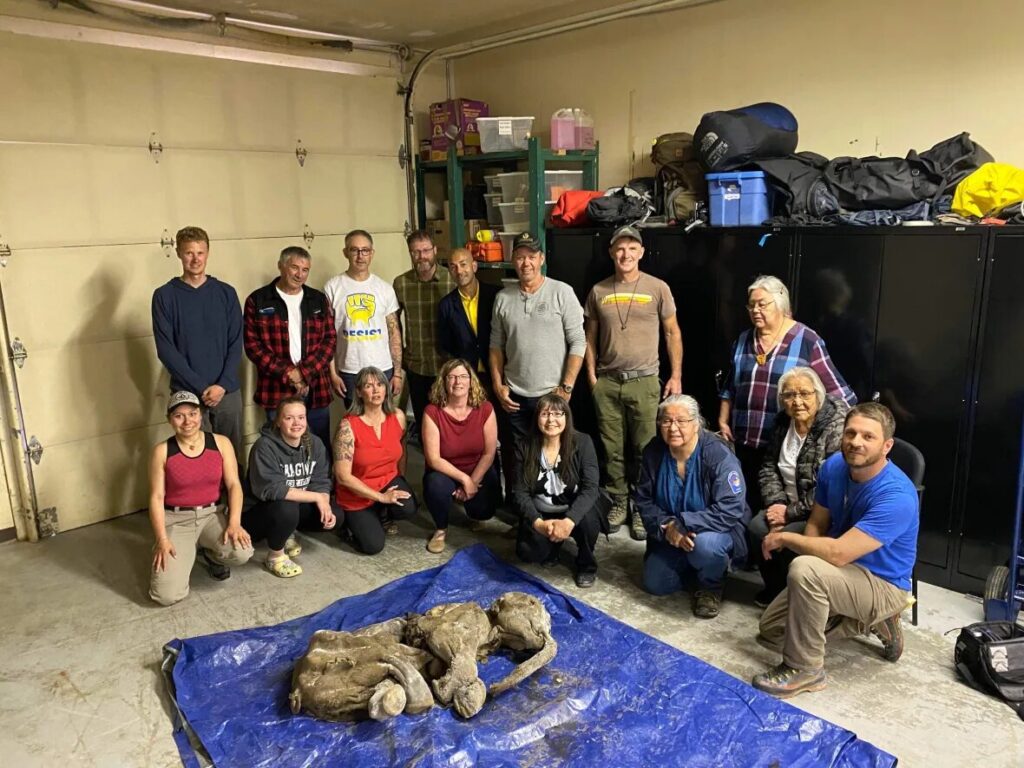
SOURCE: AFP, AL JAZEERA
